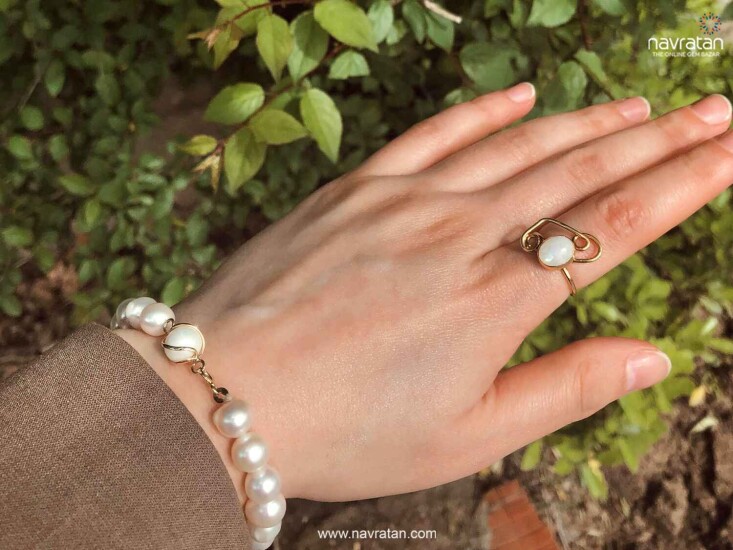Throughout history, the Pearl Stone has represented purity, wisdom, and prestige. Notable figures such as queens, kings, and aristocrats have worn and admired pearls, which are almost always jewels of the highest rank. Unlike other gemstones, which may lose their relevance or elegance, pearls continue to hold and maintain their prestige and elegance as the emblems of luxury and grace.
The Pearl Stone: A Natural Wonder
Of all gemstones, the Pearl Stone is the rarest because it is created by the sea and is made by oysters and other mollusks. Its surface is so smooth and lustrous, and its charm so otherworldly. Pearls are most prized because of their unique origin. Ancient cultures of the world had so many and rich uses for pearls. Pearls served as the most ideal display of wealth and purity.
Pearls in Ancient Royal Traditions
Historical records of the use of pearls date back hundreds and hundreds of years. Cleopatra, the queen of Ancient Egypt, surpassed all notable displays of wealth by dissolving a pearl in vinegar. Pearls have always been prized in the Mughal courts of India and crowned pearls have been ascribed to turbans and other garments as a mark of divine authority. In China, pearls have always been associated with wisdom and were given to the emperors and high rank officials as presents.
The ancient Romans regarded pearls as a mark of high social class. Only a small portion of the population had the privilege of wearing them. To own and display a collection of pearls was to show one’s social influence and power.
The Renaissance and European Royal Courts
Pearls became the most important royal jewelry in Europe by the Renaissance. Peerless royal heiresses and brides of European nobility wore elaborate pearl jewelry. Queen Elizabeth I of England, perhaps the most influential ruler of the time, was never without a pearl necklace, earrings, and rings. and strands of pearls.
Complementing the crown, gold, diamonds, and rubies, the soft luster of the pearls added a dramatic enhancement to the regal bearing of the wearer.
Modern Royalty and the Enduring Legacy of Pearls
Pearls are still regarded as a symbol of class and sophistication. Queen Elizabeth II was famous for her multi-strand pearl necklaces and the late Princess Diana wore pearl chokers. Modern royals and celebrities wear pearl ring, accessories and other jewelry to show sophistication at high profile events.
Besides their cultural meaning, pearls have meaning in some forms of astrology too. For some, the symbolism of the Pearl Stone includes the moon which is said to bring tranquility, emotional equilibrium, and clear thinking. It is said to be most beneficial for those in the search of peace and calmness.
Concerning Pearl Value and Prices
The pearl stone price depends most on its type, size, and quality. The most valuable and rarest type is the natural pearl which is often found in antique royalty pieces. Cultured pearls are also valuable, but they are more common and have a large market demand for their lustrous symmetry. The pearl cost is most heavily influenced by the roundness, surface perfection, and shine.
High quality pearl jewelry is a lasting symbol of luxury, even to this day. They are, and always have been, a sign of class and heritage, especially when incorporated into rings, earrings, and necklaces.
Conclusion
The Pearl Stone has been a part of royal treasures throughout history, from the adornments of Cleopatra to the British crown jewels. Its everlasting allure lies in the power, purity, and stories of timeless elegance that it represents. This ocean gem represents everlasting grace and royalty, whether in a ring or a necklace. It shows that beauty never fades. Rather, it deepens with age.
